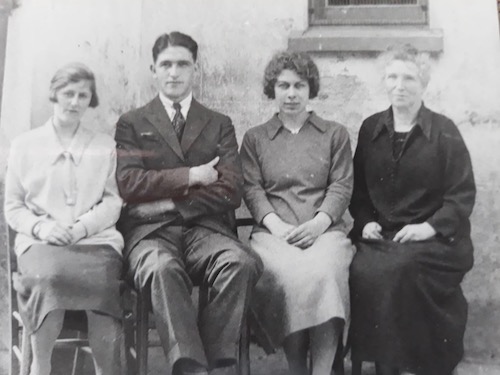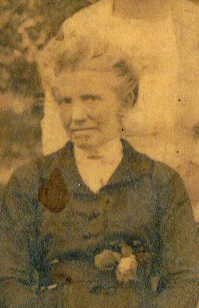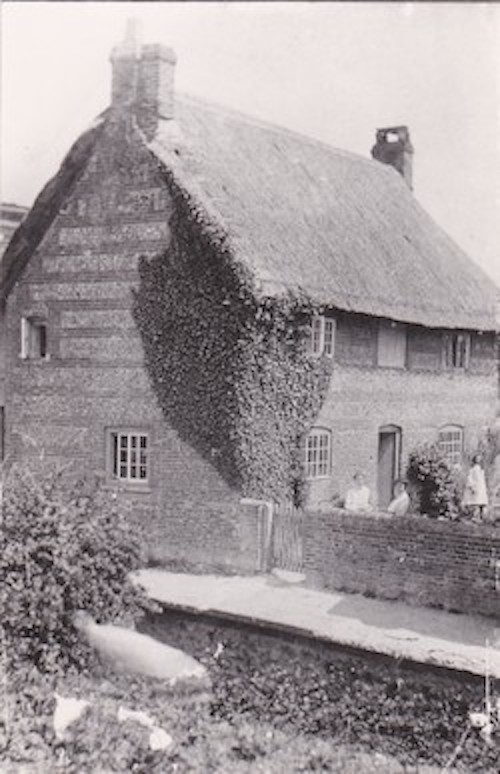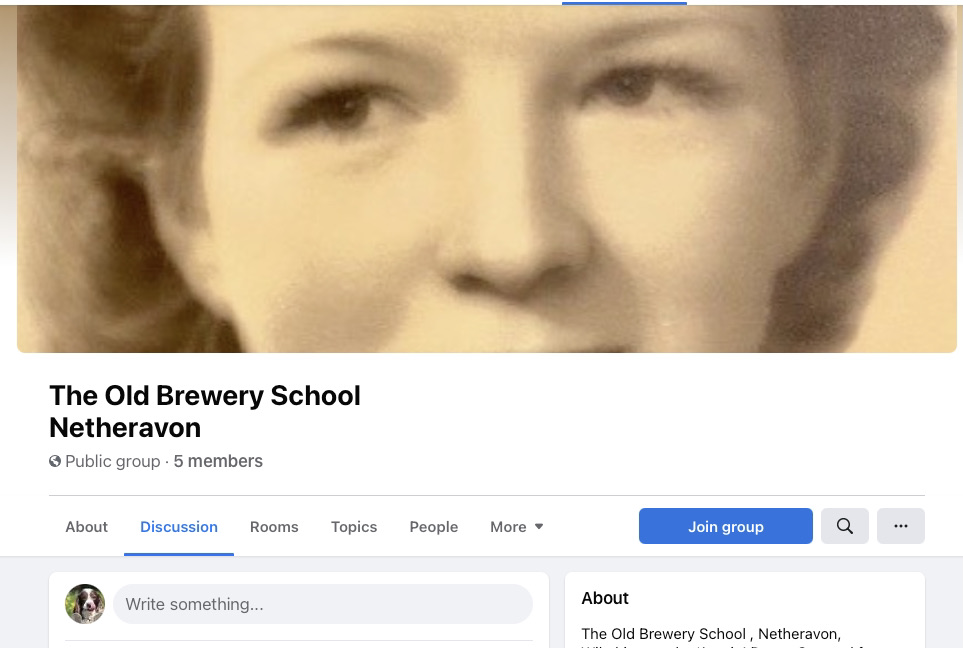Reading, Writing and Arithmetic – “The three Rs” were becoming increasingly valued towards the end of the 18th century and while many of the less fortunate in society could read a little by then, they often could not write. There was no state education and learning depended on the churches and local benefactors as it had for centuries before. Fittleton School had been established and endowed by the rector Rev. Roger Kay in 1726. There was some instruction centred on the church in Netheravon, but no endowment such as was to be found in Fittleton.
Children were expected to help with the family work from an early age, regularly toiling in the fields at important times in the agricultural year. Even little children took on jobs such as bird scaring and collecting flints. It was not until after 1870 that education became compulsory – between the ages of 5 and 10. School attendances varied hugely according to the season well into the 20th century.
In Netheravon, education had centred on the church Sunday School and 60 children attended it in 1818. There was a small schoolroom at the end of the church path by 1833 for 8 boys and 10 girls, presumably supported by the HIcks Beach family. In 1835 the family provided land for a new (thatched) school on the eastern side of the High St (opposite the present vicarage).
In Netheravon, education had centred on the church Sunday School and 60 children attended it in 1818. There was a small schoolroom at the end of the church path by 1833 for 8 boys and 10 girls, presumably supported by the HIcks Beach family. In 1835 the family provided land for a new (thatched) school on the eastern side of the High St (opposite the present vicarage).


Elementary (all age) education was provided in The Three Rs , with scripture. Practical skills such as sewing for the girls were included, and later gardening for the boys. Slates were used for early years writing until the 1950s. Older children often taught the younger ones and a system of “monitors” saw to the running of the rooms, such as filling up the ink wells. Singing and rote learning including poetry were important and the school acquired a piano in 1913. In 1922 there were 113 names on the school register, aged from 5 to 14 and the school was overcrowded. There are memories of smoky classrooms in the early mornings as the coke stoves were lit.
As the school was overcrowded, from 1926 Netheravon took pupils aged 11 – 14 and all the junior children attended Fittleton School. From 1964 Netheravon took the juniors while the infants attended Fittleton. Senior pupils attended Durrington or on passing the 11 plus examination went to Salisbury, Devizes or Marlborough. The Mill Farm buildings run by Sheppard brothers were compulsorily purchased in 1974 and a new primary school (and village hall) built.
Teachers at Netheravon School
“The School House”, where most of the teachers lived during the 19th century, was at 106 High St. It was a cob and flint thatched cottage at right angles to the road, sadly removed in the 1960s to enable the road to be widened.
There were three young teachers In 1851:
Edward Wearing aged 19 (born in Stepney, Middx.) was living in the village with his grandmother Rose.
Ellen Towler aged 19 (born in Upavon), daughter of John Towler, cordwainer.
Emma Cobley aged 22 had been living with her aunt Ann Hayter since at least the age of 13, but was also born in Middlesex. Emma was schoolmistress for many years, until at least 1867. Others of her assistants were Caroline King (1861) and Mary White (1867).
In 1891 Mary Louise Hancock was schoolmistress, assisted by Alice Berry aged 20. Both lived in the School House until Mary married Samuel King in 1893, a local builder, probably related to Caroline, a previous teacher. Alice (born in Chard) was to remain in the village for the rest of her life.
Alice Berry, aged 40 in 1911, was sharing the School House with Olive Barcham on census day. Olive was sister to the then headmaster, Charles Barcham and they too came from Middlesex. Charles lodged at 2 Avon Villas but moved to Westbury Boys School in December 1914. He shortly afterwards married, joined the army and was injured during the war. Alice Berry spent her working life at the school and so did Ivy Punter, then Miss Sheppard, (of the Sheppard blacksmithing family) as she did not marry until the age of 70. Ivy is interviewed elsewhere on this site. Also well remembered is headmaster Henry Pink who moved to Fittleton School. He lived in the School House there for many years and wrote a history of the school.

The Old Brewery School Netheravon
Can you help, Mike and Victoria Steward has set up a Facebook page to trace ex pupils or teachers at the Old Brewery School in Netheravon.
With most of the ex alumni will be in their 70’s & 80’s we hope that through the power of Facebook, the Netheravons Past website and other social media channels we might track down old friends.
Click on the link opposite to view our page, comment and start a conversation.
Thankyou!
Photos
We have a large selection of photographs and hope to make them available. Help will be appreciated in identifying both pupils and teachers.


